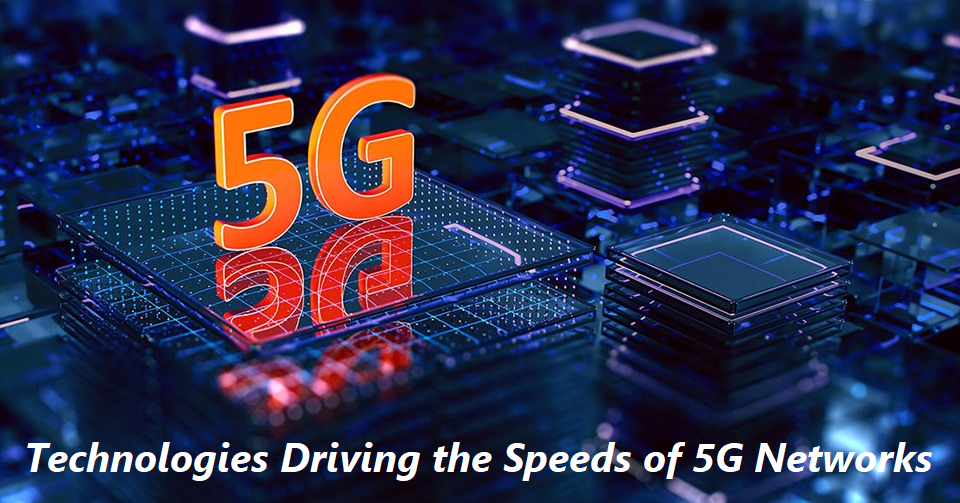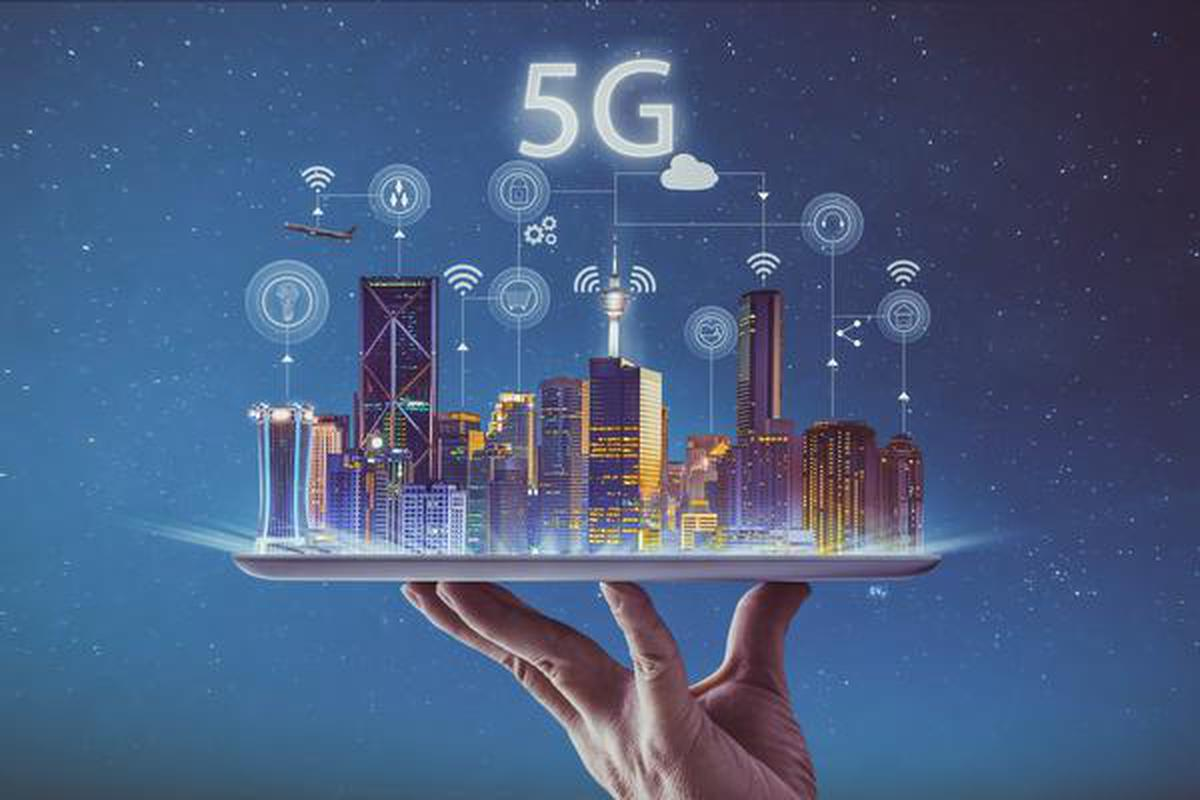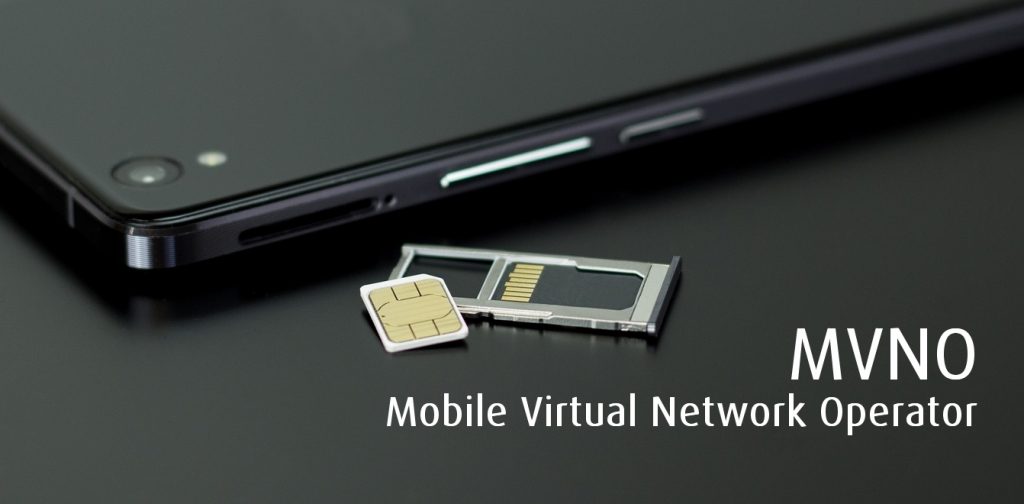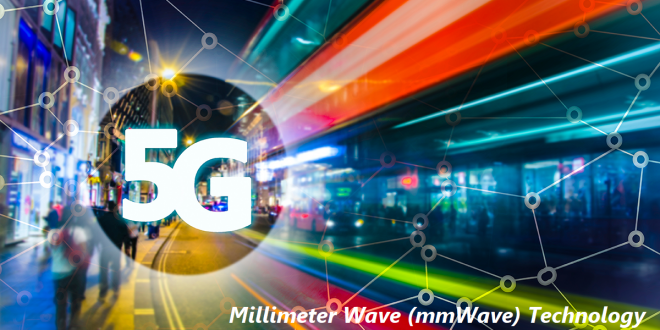Millimeter Wave (mmWave) Technology
Millimeter Wave (mmWave) technology is a key driver behind the exceptional speeds achievable in 5G networks. It utilizes high-frequency bands in the range of 24-100 GHz to transmit large amounts of data at ultra-fast speeds. This section explores the overview, advantages, challenges, and real-world applications of mmWave technology in the context of 5G.
mmWave Frequencies Millimeter waves refer to electromagnetic waves with wavelengths ranging from 1 to 10 millimeters. These waves operate at higher frequencies compared to the traditional microwave frequencies used in previous cellular networks. The high-frequency bands used in mmWave technology offer broader spectrum availability and larger bandwidths, enabling greater data transfer rates. Advantages of mmWave for High-Speed Data Transfer.
Enhanced Data Rates
mmWave frequencies provide significantly higher data transfer rates compared to lower frequency bands. This allows for faster downloads, seamless streaming of high-definition content, and real-time transmission of large volumes of data.

Increased Capacity
The large bandwidth available in mmWave bands enables a higher number of devices to connect simultaneously without sacrificing performance. This is particularly crucial in dense urban areas with a high concentration of users.
Low Latency
mmWave technology offers reduced latency, minimizing the time it takes for data to travel between devices and the network. This low-latency characteristic is essential for time-sensitive applications such as autonomous vehicles, remote surgery, and virtual reality.
Challenges and Limitations of mmWave Technology
Despite its advantages, mmWave technology also poses certain challenges and limitations that need to be addressed
Signal Propagation and Range
Millimeter waves have shorter wavelengths, resulting in shorter propagation ranges compared to lower-frequency waves. These waves are more susceptible to attenuation, absorption, and blockage by physical objects such as buildings and foliage. To overcome this limitation, networks require a denser deployment of small cells and infrastructure.
Penetration
mmWave signals have difficulty penetrating solid objects. This limitation can hinder indoor coverage, requiring the installation of additional infrastructure such as indoor small cells and repeaters to ensure seamless connectivity.

Line-of-Sight Requirements
mmWave signals operate on a line-of-sight basis, meaning they require a direct path between the transmitter and receiver. Obstructions can cause signal loss, requiring the use of beamforming techniques to direct the signal towards the user’s device.
The Solutions to Overcome mmWave Challenges To address the challenges associated with mmWave technology, various solutions are being implemented:
Beamforming
Beamforming techniques, such as phased array antennas, are employed to focus and steer mmWave signals towards specific devices. By directing the signal, beamforming improves signal strength, mitigates the effects of blockage, and enhances coverage.
Small Cell Networks
The deployment of small cells in a dense network infrastructure compensates for the shorter range of mmWave signals. Small cells act as low-power base stations that cover smaller areas, ensuring a robust and reliable mmWave connection.
Hybrid Networks
Hybrid networks combine mmWave frequencies with lower-frequency bands, such as Sub-6 GHz, to ensure a balance between coverage and capacity. Sub-6 GHz frequencies provide wider coverage, while mmWave enhances capacity and speed in high-demand areas.
Real-World Applications and Use Cases
Real-World Applications and Use Cases mmWave technology opens up numerous possibilities for innovative applications across various industries:
Smart Cities
mmWave enables real-time data transmission for smart city applications, including traffic management, smart grids, and environmental monitoring systems.

Virtual and Augmented Reality (VR/AR)
The high-speed and low-latency nature of mmWave technology enhances VR/AR experiences by delivering seamless and immersive content.
Industrial Automation
Millimeter waves facilitate reliable and low-latency communication in industrial automation scenarios, enabling real-time monitoring, control, and predictive maintenance.
High-Definition Streaming
mmWave allows for uninterrupted streaming of 4K and 8K video content, enhancing the user experience for video-on-demand platforms and live streaming services.

Internet of Things (IoT)
The large capacity and low-latency characteristics of mmWave technology support the massive connectivity requirements of IoT devices, enabling efficient communication and data exchange.
In conclusion, mmWave technology is a fundamental component of 5G networks, enabling ultra-fast speeds and unlocking new possibilities for various industries and applications. While challenges exist in terms of signal propagation, range, and penetration, solutions such as beamforming and small cell networks are being implemented to overcome these limitations. With its capacity for enhanced data rates, increased capacity, and low latency, mmWave technology paves the way for a connected future that redefines the capabilities of communication and sets the stage for transformative innovations.
By Abdul W Moghul
 MVNO MVNE MNO Mobile & Telecoms industry intelligence Telecoms Jobs, News and Business
MVNO MVNE MNO Mobile & Telecoms industry intelligence Telecoms Jobs, News and Business






